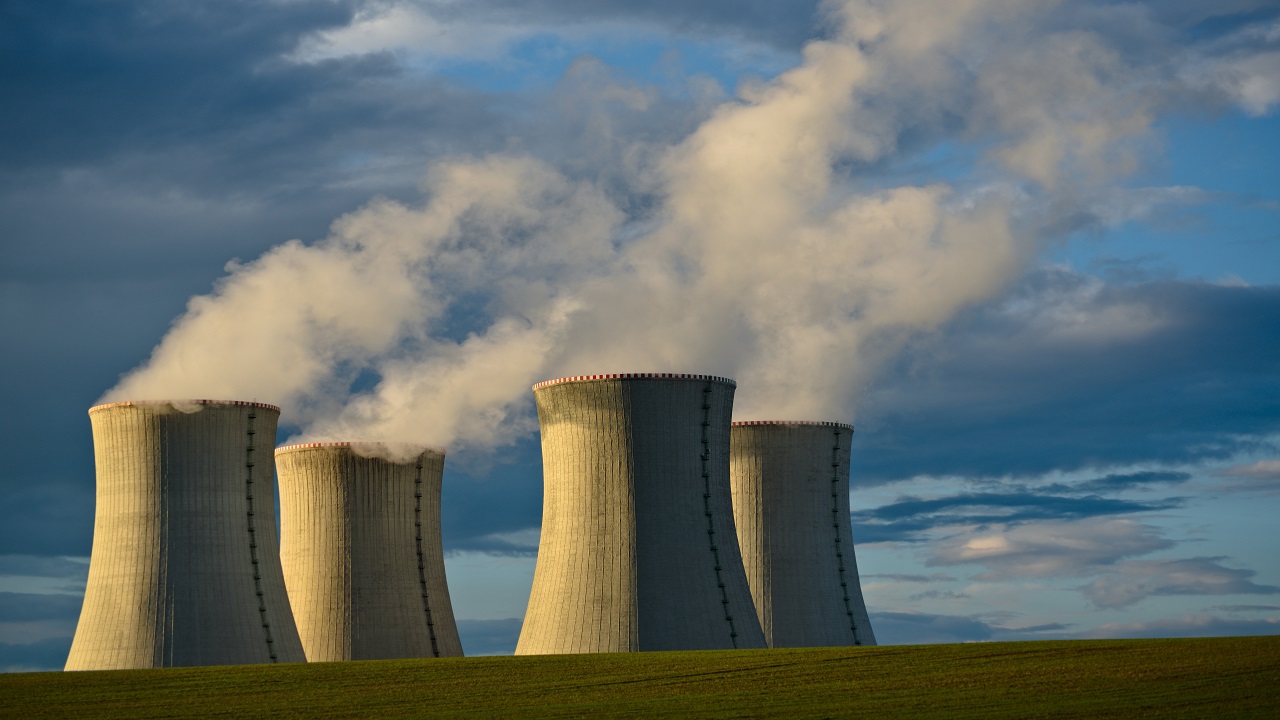Operator of Beloyarsk NPP shows commitment to enhancing operational safety: IAEA
The team also encouraged the operator to further improve safety in areas including accident management and safety assessments.

An International Atomic Energy Agency (IAEA) team of experts said that the operator of the Beloyarsk Nuclear Power Plant (NPP) in the Russian Federation has shown a commitment to enhancing operational safety. The team also encouraged the operator to further improve safety in areas including accident management and safety assessments.
Requested by the Government of Russian Federation, the Operational Safety Review Team (OSART) mission ran from 6 to 23 November. The Team reviewed operational safety in Unit 4 of the Beloyarsk NPP.
OSART missions independently assesses safety performance against the IAEA’s safety standards. The aim is to advance operational safety by proposing recommendations and, where appropriate, suggestions for improvement. Safety is an essential element during commissioning and the subsequent safe operation of a nuclear power plant.
The Beloyarsk NPP is located at Zarechny, in the Sverdlovsk region, roughly 1800 kilometres east of Moscow. The plant is owned by State Atomic Energy Corporation Rosatom (ROSATOM) and operated by Beloyarsk NPP, a subsidy of the Rosenergoatom Joint Stock Company. The plant consists of four units. Units 1 and 2 – both light water graphite reactors - are permanently shutdown. Units 3 and 4 are two fast neutron reactors with gross electrical capacity of 600 and 885 megawatt electrical (MW(e)), respectively. Russia has 37 nuclear power reactors in operation, providing almost 20 per cent of the country’s total electrical production.
The team reviewed operating practices in Unit 4 in the areas of leadership and management for safety, training and qualification, operations, maintenance, technical support, radiation protection, chemistry and accident management. The team was composed of six experts from Armenia, Belarus, China and the Islamic Republic of Iran, as well as four IAEA staff members and three observers from Russia.
To make its assessment, the team reviewed documents from the Beloyarsk plant on its main technical features, staff organization and responsibilities, and its operational programmes, procedures and performance prior to the mission. During the mission, the team observed the plant in operation, examined indicators of its performance and held in-depth discussions with plant personnel.
The OSART team observed that the staff at the plant are knowledgeable and professional, and are committed to improving the operational safety and reliability of the plant. The team said that the technical exchanges with the plant’s staff were fruitful and that there was a good exchange of experience and knowledge on how the common goal of excellence in operational safety could be further enhanced.
The team identified one area of good practice to be shared with the nuclear industry globally. They said the connection used by the plant to sample gases in the reactor circuit minimizes the potential for impurities to impact the gas analysis, whilst ensuring that the gas does not escape into the work area.
The mission also provided some suggestions to further improve safety, including that:
The plant should consider enhancing its accident management programme to include the full range of ‘beyond design’ external hazards for all modes and states of operation and all fuel locations on site.
The plant should consider extending the scope of its probabilistic safety assessments (PSA) to ensure that all potential failure scenarios are identified to cover all operational modes, all fuel locations on site as well as the full spectrum of external hazards.
The plant should consider improving the effectiveness of the checks carried out during field operator walkdowns, so all deficiencies and adverse conditions are identified to ensure safe and reliable operation of plant structures, systems and components.
“It is the first time an IAEA OSART mission was held at the power unit of a BN-800 fast neutron reactor,” said Ivan Sidorov, Director of Beloyarsk NPP. “For three weeks, the reviewers and the counterparts have worked hard, performing dozens of plant tours, interviews and observations, and analysing plant documentation for all reviewing areas. We appreciate the reviewers’ professional point of view, and we are ready to learn from their experience to improve safety at Beloyarsk NPP.”
The team provided a draft report of the mission to the plant management. They will have the opportunity to make factual comments on the draft. These comments will be reviewed by the IAEA, and the final report will be submitted to the Government within three months.










